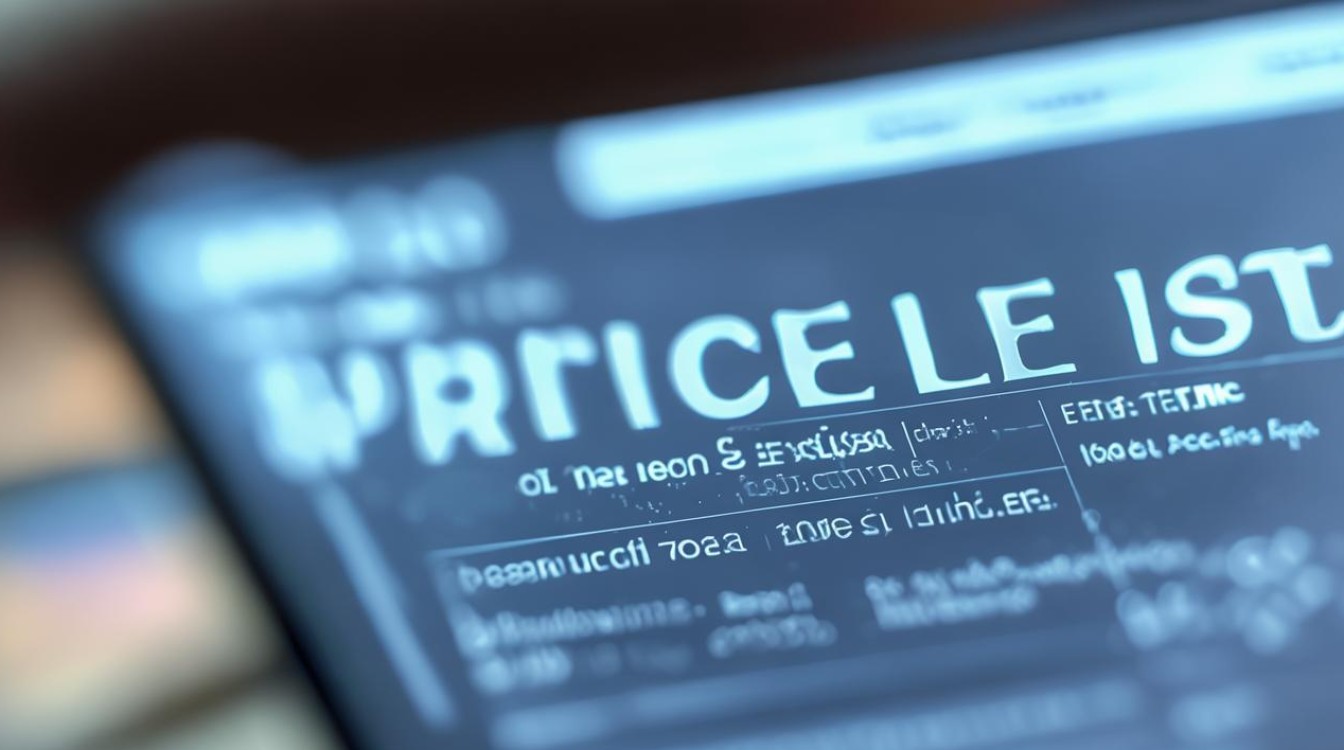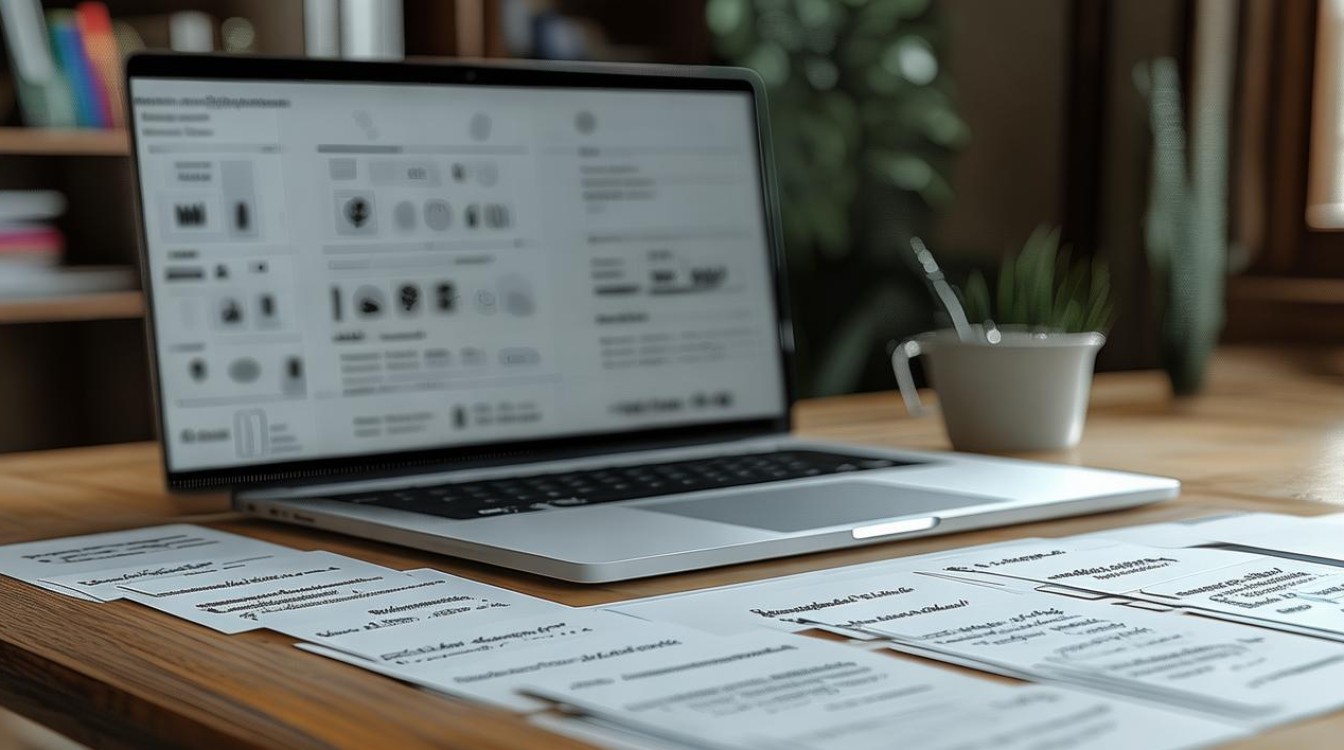In today’s global marketplace, clear communication about pricing is crucial. Whether you run an e-commerce store, a service-based business, or a brick-and-mortar shop, knowing the right English terms for price lists ensures transparency with international clients. This guide covers key vocabulary, phrases, and practical examples to help you present your pricing professionally.

Core Terminology for Price Lists
-
Price List / Pricing Sheet – The document displaying all products or services with corresponding costs. Example: "Please refer to our price list for updated rates."
-
Rate – The cost of a service per unit (hour, item, etc.). Example: "Our hourly rate for consulting is $150."
-
Fee – A fixed charge for a service. Example: "The registration fee is non-refundable."
-
Retail Price – The amount customers pay. Example: "The retail price includes a 20% markup."

-
Wholesale Price – The cost for bulk buyers (usually lower than retail). Example: "Wholesale prices apply for orders over 100 units."
-
MSRP (Manufacturer’s Suggested Retail Price) – Recommended selling price. Example: "This product’s MSRP is $299."
-
Discount – A reduction in price. Example: "New subscribers get a 15% discount."
-
Tiered Pricing – Prices that decrease as quantity increases. Example: "We offer tiered pricing for enterprise clients."

-
Subscription Fee – Recurring payment for ongoing access. Example: "The monthly subscription fee is $9.99."
-
One-Time Charge – A single payment. Example: "Setup requires a one-time charge of $50."
Phrases for Presenting Prices
- "Starting at..." – Indicates the lowest price in a range. Example: "Website design services start at $1,200."
- "Price includes..." – Clarifies what’s covered. Example: "The price includes free shipping and installation."
- "Exclusive of VAT" – Specifies if taxes aren’t included. Example: "All prices are exclusive of VAT."
- "Call for a quote" – Used for custom pricing. Example: "Large projects? Call for a personalized quote."
Structuring Your Price List
A well-organized price list improves readability. Consider these sections:
- Header – Company name, contact details, and effective date.
- Product/Service Columns – Clearly labeled with descriptions.
- Pricing Columns – Base price, discounts, and bulk rates.
- Footnotes – Payment terms, validity period, or disclaimers.
Example Table Format:

| Product | Unit Price | Bulk Discount (50+ units) |
|---|---|---|
| Premium Widget | $10.00 | $8.50 |
| Standard Widget | $7.50 | $6.00 |
Common Mistakes to Avoid
- Ambiguous Terms – Avoid phrases like "Prices may vary" without context.
- Hidden Costs – Disclose additional fees (shipping, taxes) upfront.
- Outdated Information – Regularly update prices to reflect changes.
Localization Tips
For international customers:
- Specify the currency (e.g., USD, EUR, GBP).
- Use terms like "excl. tax" or "incl. tax" to avoid confusion.
- Provide multilingual support if targeting non-English markets.
Clear pricing builds trust. By mastering these terms and formats, you’ll create professional, transparent price lists that appeal to global clients.
—
As a business owner, refining your pricing communication can directly impact conversions. Invest time in crafting a straightforward, visually appealing price list, and you’ll reduce customer hesitation.




